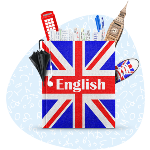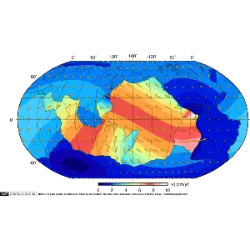Use of connectives

How to use connectives to express logical relationships between ideas in English. These connectives help organize thoughts and make communication more fluid. Here are some of the main types:
Addition: we use it to add information.
Moreover, the project was completed on time.
(In addition, the project was completed on time.)
Contrast: expresses opposition between ideas.
Although it was raining, we decided to go for a walk.
(Although it was raining, we decided to go for a walk.)
Cause and effect: shows a cause and effect relationship.
Because she studied hard, she passed the exam.
(Because she studied hard, she passed the exam.)
Exemplification: we use it to give examples.
For instance, many people prefer to travel by train.
(For example, many people prefer to travel by train. train.)
Conditional: expresses a condition for something to happen.
If you study, you will improve your English.
(If you study, you will improve your English.)
Conclusion: to conclude or summarize an idea.
In conclusion, we have made significant progress.
(In conclusion, we have made significant progress.)
Did you know??
![Explore more about Personal introductions are essential for initiating formal and informal interactions. The basic structure includes greeting, name, origin, age, profession and interests.
1. Greeting and Name:
Use Hi (informal) or Hello (neutral).
Example:
Hello! My name is Anna.
2. Origin:
To indicate the place of origin, use I am from... or I come from...
Example:
I am from Brazil.
3. Age and Profession:
The common structure is I am [age] years old and I am a/an [profession].
Example:
I am 25 years old, and I am a teacher.
4. Hobbies and Interests:
We use I like or I enjoy.
Example:
I enjoy reading books and traveling.
Full Example:
Hi! My name is John. I am from Canada. I am 30 years old, and I work as an engineer. In my free time, I enjoy playing soccer and watching movies. Nice to meet you!..](https://content.betspot.zone/image/resource/6d6feb52-68e5-4b5f-9862-0b55708b3e6d)










